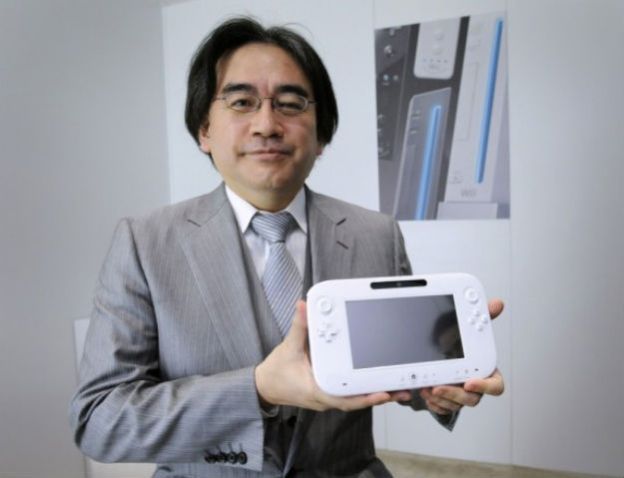
Just because Nintendo’s put out a brand new home game console with Nintendo Wii U, a new model of Wii called Wii Mini, and a brand new portable model with the Nintendo 3DS XL in the past seven months, that doesn’t mean the company is resting on its hardware laurels. Nintendo never stops developing new hardware, whether it’s the latest revision to one of its existing machines, a peripheral like the Wii Balance Board, or some new way to play games altogether. Times are changing though, and while Nintendo isn’t abandoning the gaming hardware business any time soon, it is dramatically changing the way it develops game consoles.
GamesIndustry International reported on Wednesday that Nintendo is opening a brand new Kyoto facility for research and development. The $340 million (approximately) offices have an unusual goal: To merge the home and portable console development teams into a single division within Nintendo. The previously separate teams will be able to more easily share ideas and integrate their devices. It will likely also mean that the Nintendo Wii U and Nintendo 3DS will become more integrated as time goes on.
Nintendo has been trying to link its portable and console hardware for more than twenty years now. What started with the Super Game Boy, a cartridge that let people play Game Boy games on a Super Nintendo console, evolved into link-cable Gamecube games that let you use the Game Boy Advance as a controller and cross-platform games like Final Fantasy Crystal Chronicles: Echoes of Time, a game that allowed co-op between Nintendo DS and Nintendo Wii players. These features have always been secondary and never seriously pursued by Nintendo, and as a result its home and portable game console businesses have remained successful but distinct.
With the Wii U and Nintendo 3DS still struggling to replicate the successes of their mutual predecessors, Nintendo is pushing harder for a more integrated experience. Its new social network Miiverse is coming to the Nintendo 3DS soon, and Nintendo is in the process of unifying its digital distribution storefront, eShop, across both devices. It has at least one marquee game franchise planned for both devices as well: The Namco Bandai-Masahiro Sakurai collaboration Super Smash Bros. 4 will be playable on both Wii U and Nintendo 3DS.
Nintendo 3DS mechanical designer Kazunori Konshiishi and Wii U daddy Ko Shiota are working under one roof. Here’s to Nintendo shaking things up.


